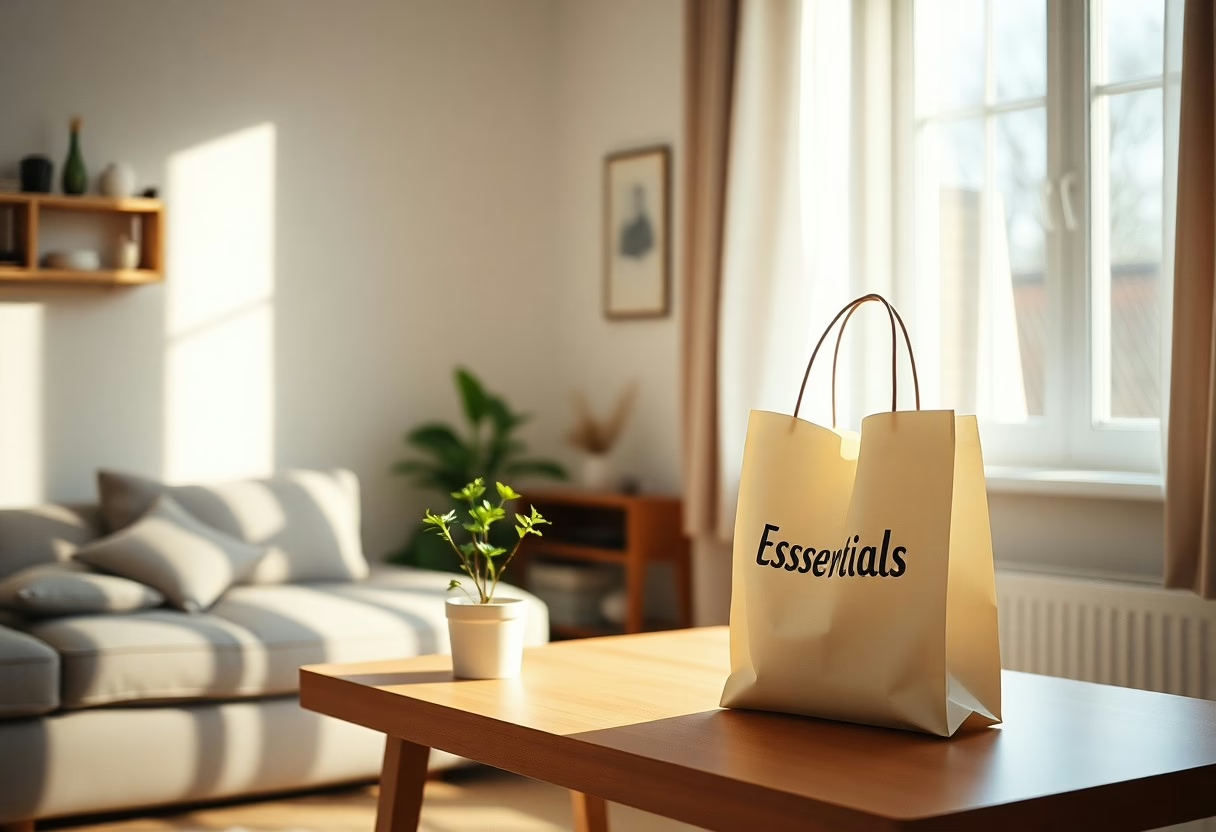Buying things you don’t need can lead to clutter, financial stress, and feelings of regret. Understanding why you’re drawn to unnecessary purchases is the first step towards making more mindful choices. In this article, you’ll discover practical strategies to help you resist temptation, assess your needs versus wants, and embrace a more intentional approach to shopping.
Deciphering Your Shopping Triggers
Understanding what prompts you to shop is vital for curbing unnecessary purchases. By identifying specific triggers, you can take proactive steps to reduce impulse buying. Keep a journal of your shopping habits for a week—note the time, place, and your feelings leading up to each purchase. Analyzing these data points will help you recognize patterns, allowing you to address the root causes of your spending habits. Feelings often influence your shopping behavior more than you realize. If you frequently feel stressed, anxious, or bored, shopping may seem like a temporary escape. Recognizing these emotional drivers is the first step toward making more mindful purchases. Connecting your emotional state to your shopping choices can empower you to find healthier coping mechanisms. Your surrounding environment plays a significant role in your shopping decisions. Sights, sounds, and social cues from your peers can create an irresistible urge to buy. For instance, seeing friends flaunt new clothing or gadgets may trigger a desire to keep up, leading to impulsive purchases. Shopping platforms also utilize algorithms that promote products based on your browsing history, intensifying this effect. Research indicates that 60% of people admitted to purchasing items simply because they saw friends or influencers using them. Being aware of these factors can help you take strategic steps to create a shopping environment that aligns with your goals. Seek out companions who prioritize thoughtful spending; their habits can positively influence your own choices.
The Psychology of Consumerism
Consumerism is deeply intertwined with human psychology, influencing the way you perceive needs versus wants. Your brain has developed to prioritize acquiring resources, which can trigger emotional responses that lead to unnecessary purchases. Factors like social pressure and cultural norms further fuel these behaviors, making it easier to justify buying items that don’t add value to your life. Instant gratification often wins when you feel the urge to buy something. The short-lived joy of a new purchase can overshadow the long-term satisfaction that comes from thoughtful decision-making. By prioritizing immediate pleasure, you risk neglecting deeper needs that would better contribute to your overall happiness. Learning to delay gratification opens the door to more meaningful purchases. Your purchasing choices are heavily influenced by marketing and advertising strategies designed to tap into your emotions and desires. Brands use storytelling, visuals, and psychological principles to create narratives that make products seem indispensable. You might find yourself buying items not out of necessity, but rather because savvy marketing has convinced you that they will enhance your status or happiness.
Research indicates that consumers are often willing to spend 63% more on products that are marketed through emotional storytelling rather than mere functionality. The more you understand these techniques, the better equipped you become to resist them, letting you focus on genuine needs instead of being swayed by persuasive advertisements.

Implementing the “30-Day Rule”
The “30-Day Rule” serves as a powerful strategy to curb impulse spending. It encourages you to take a step back before making a purchase, allowing 30 days to evaluate whether the item is truly necessary or simply a fleeting desire. During this waiting period, you can reflect on your needs, prioritize your budget, and seek alternatives. By taking a break before making a purchase, you give yourself the opportunity to differentiate between wants and needs. This pause allows you to consider your motivations and whether the item will genuinely enhance your life or simply occupy space. You can even jot down your thoughts or create a pros and cons list to help clarify your decision. Adopting mindful shopping habits leads to more thoughtful purchases, which in turn can improve your financial well-being. You’ll likely find yourself spending less and investing in items that offer lasting value. Mindful shopping not only supports better budgeting but also contributes to a more organized and clutter-free living space.
Building a Minimalist Mindset
Adopting a minimalist mindset involves shifting your perspective towards appreciation for simplicity and intentional living. By focusing on what truly matters, you prioritize experiences and meaningful connections over material possessions. This mindset encourages you to think critically about your purchases and align them with your core values. Choosing quality over quantity means investing in fewer items that offer greater durability and satisfaction. Seek products crafted from premium materials or designed for longevity, rather than following trends or accumulating clutter. This approach not only saves you money in the long run but also fosters a sense of responsibility toward your consumption habits. Creating a curated space starts with decluttering your environment and evaluating your belongings. Remove items that no longer serve you or spark joy. This process enhances your living area, making it feel more spacious and peaceful. To effectively curate your space, start with a specific area, such as a closet or a room. Sort through your belongings systematically, creating piles for keep, donate, or discard.
Developing a Sustainable Budget Strategy
A sustainable budget strategy empowers you to understand your financial landscape while making deliberate purchasing decisions. It requires alignment with your income, expenses, and future goals, allowing for a clearer picture of where your money is allocated each month. To create a realistic spending plan, analyze your income and categorize your expenses into fixed and variable costs. Fixed costs, like rent or mortgage, are non-negotiable, while variable costs, such as dining out or entertainment, offer room for adjustment. Set limits based on what you can afford, taking into account both essentials and occasional splurges. Tracking your expenses can unveil spending habits that you may not even realize you have. Record every purchase, no matter how small, to gain insights into where your money goes. Over time, patterns will emerge, indicating areas where you might overspend or make impulse buys. You might discover that frequent coffee shop visits add up significantly over the month, or that online subscriptions you rarely use drain your budget. Analyzing these patterns helps you make informed adjustments to your spending plan. For example, cutting back on daily lattes can save you roughly $100 each month.
Conclusion
Take control of your purchasing habits by identifying needs versus wants, setting a budget, and prioritizing experiences over material items. Implement mindfulness techniques when shopping and allow yourself time to assess whether a potential purchase aligns with your values and lifestyle. By adopting these strategies, you can cultivate a more intentional approach to your spending, ensuring that your purchases reflect your true needs and ultimately lead to greater satisfaction and reduced regret.


